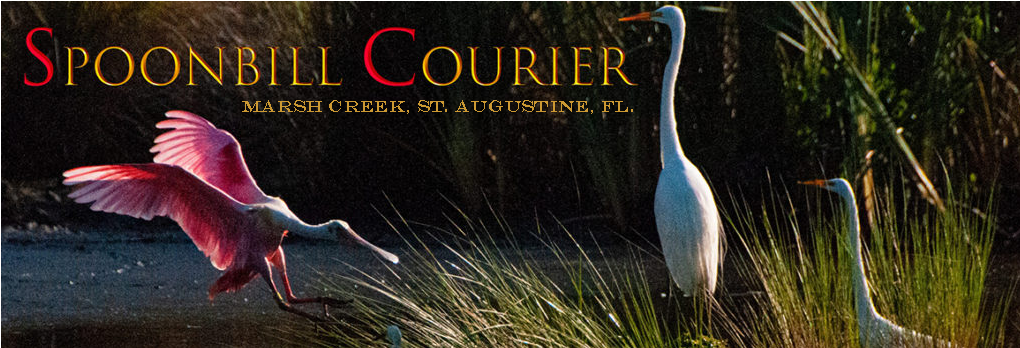By Bob Arbogast
“Cuba has no problems, only situations”, said our tour guide, with a wry smile.
The “situations” were food and energy insecurity. At restaurants, many of the menu selections were unavailable. Power outages were a daily occurrence. Pharmacy shelves were empty. We were warned of these conditions before arriving and encouraged to bring flashlights, batteries, a power bank, toilet paper, Bandaids, ointments, and toiletries. If only we had thought to bring a battery-powered fan!!

Our 9-day tour, began in Havana, the my mother’s birthplace and her home for 25 years. My family made up half of the 12 people in our tour group and it was the first time any of us had visited Cuba, our “motherland”. We stayed initially in the Vedado Neighborhood of Havana. You can still see the grandeur of the homes in this residential neighborhood, but decades of neglect have taken their toll. This was where my mother’s family ran a boarding house in the 1940’s for students at the University of Havana. The highlight was a tour of Havana in vintage convertibles.

Leaving Havana, we visited Fusterlandia. This theme park, of sorts, is named after José Fuster, a mosaic artist, who transformed his large property into a giant mosaic, which has grown like kudzu onto surrounding properties. The only way I can describe this amazing place is to say it looked like something Antoni Gaudi created on an acid trip.



The town of Viñales, is situated in western Cuba. The valley is a UNESCO World Heritage Site, and the surrounding mountains are limestone karsts, a type of landscape where the dissolving of the bedrock has created sinkholes, sinking streams, caves, springs, and other characteristic features. The scenery was breathtaking!
Viñales centers a small, farming community and has excellent bars and restaurants. Stepping into the valley, we were immediately transported 200-years back in time. Here there were A-framed tobacco barns covered in palm thatch dotting the landscape, and over there were oxen pulling plows. Sleep was impossible without power, but thankfully, our guesthouse had a swimming pool. It was a welcome luxury that helped fend off heatstroke. The 500° heat didn’t prevent us from learning to make cocktails or taking dancing lessons in the courtyard of a local bar.
It took 8 hours to travel overland from Viñales to Cienfuegos, a provincial capital on the southeast coast of Cuba. We had to take a longer route because our driver couldn’t acquire fuel in Viñales. Thank goodness for air-conditioned motor coaches, as this was our opportunity to catch up on some needed sleep. We made stops at the Bay of Pigs to admire the emerald water and swim. We also saw the Cuban Bee Hummingbird, the smallest bird in the world. That night in Cienfuegos, miracle of miracles, we had power and AC all night. The next morning, we drove past bayside mansions to the Palacio del Valle. The palace was designed by Italian architect Alfredo Colli. Completed in 1917, the structure surpasses the splendor any mansions I’ve seen in America.
The city of Trinidad is situated on the central Caribbean coast. The city is another UNESCO World Heritage Site. Remove the tour buses, and scooters, and you would think you were in 17th century Cuba. The colonial architecture and rough cobble stone streets were incredibly beautiful. Trinidad boasts many museums, art galleries, and shops. Power outages made me pray for a blizzard, but the beautiful Ancón beach provided much needed relief from the heat. If only I could have gotten a sandwich, Trinidad would have been paradise! A percussion class was ridiculously fun. Gia’s pronunciation of “congas” made the instructor, David, stop mid-sentence. He stared her down and said “’con gas’, is sparkling water”, he admonished. This got us laughing, and we doubled over when David and my sister compared the size of their maracas (a hollow gourd or gourd-shaped container filled with dried beans or similar objects and played, usually in pairs, by being shaken).
Returning to Havana, we stayed in the center of the old city. What a difference from our first two days. The streets were vibrant, verging on crazy. Roosters crowed from apartment terraces. We wanted to find my mother’s birth home and walked to “La Floridita”, Hemmingway’s bar, which doubled as a taxi stand. We did not find the house, but once again, we were impressed with how beautiful this neighborhood had once been. Speaking with one of the residents, we heard the familiar refrain, “I love my house, but there’s no money to maintain it. It is difficult.”
Now, some random observations …
Cuba is very safe.
Food was cheap and portions were large. Dinner prices ranged from $13 from chicken, beef or pork, to $25 for lobster. A bottle of water $1 and beer $3.
Live music was everywhere and the musicians were fantastic.
It would appear that the seat cushion was never introduced to Cuba. All of the chairs were solid wood or metal. My butt may never recover.
While images of Che Guevara and busts of Jose Marti were everywhere, there were no monuments or images devoted to Fidel Castro, per his wishes.
I have never laughed so much on a trip, due to the requisite family teasing and joking. If Gia and I had gone alone, we would have been too focused on our discomfort.
Any Spanish you know will come in handy, but be careful. My sister ordered a beer by asking for a Cervantes instead of a “cerveza”. Needless to say, there were no copies of Don Quixote available.


















Great travel log Bob! I want to go visit. Thanks for sharing your adventure.
Great article and photos! Thank for sharing this!
Loved reading this! Thanks Bob and Gia for sharing. The pics are spectacular!!!!
Great job Bob. What an amazing and interesting trip.. The scenery at Venales, (can’t make a tilda) was truly awesome, and it sent me googling to learn more. Thanks for a great write up and photos.